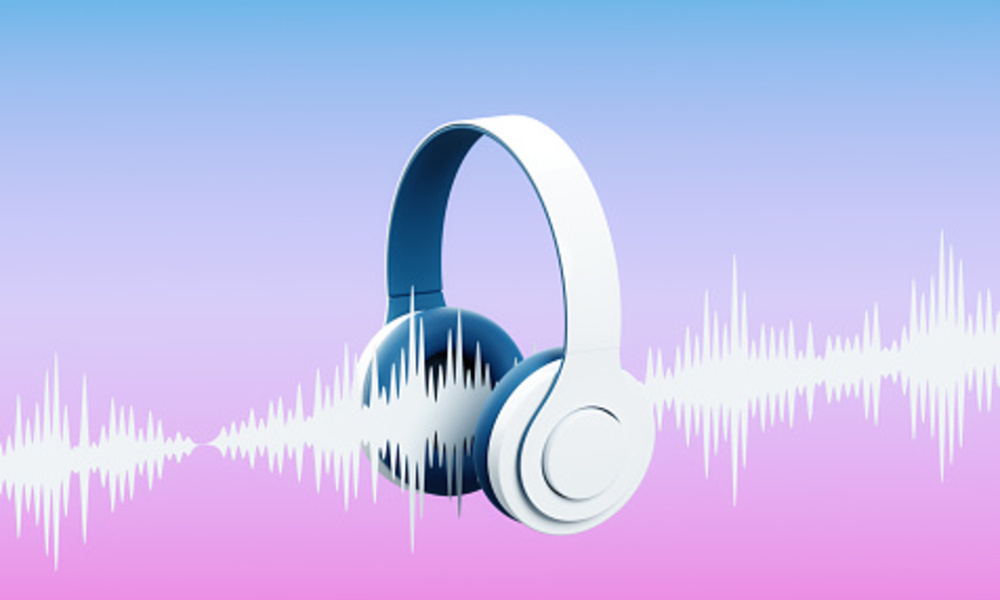
Want Your Content Strategy to Stand Out? Dive Into Audio
It’s not just podcasts. Sound-based media can help you make a splash with your audience when they’re not looking at their screens.
By Melissa Bouma
Your association may be focused on building the best possible blog posts, but if everyone else is doing the same thing, it can be hard to make waves in the content pool.
Thanks to a relatively low barrier to entry, mountains of newly written content appear online daily. That can make it hard for your work to break through on social networks and search engines—and it can commoditize your efforts.
So, what if you built something with higher production values, or at least took another path toward building more impactful work? High-quality video could be one way to do this, but doing so regularly may be out of your budget.
Audio, however, represents something of a happy medium—requiring more work than a standard text article but offering potentially deeper engagement than the written word. And the sector is growing: One recent study found that 37 percent of people ages 12 and older listened to at least one podcast a month, a number that jumped during the pandemic. From a financial standpoint, the market is growing as well: A recent Bloomberg report noted that Spotify’s ad revenue growth, buoyed by podcasting, is still robust at a time when many competitors are seeing pullbacks.
The nice thing about podcasts is that you don’t need a lot to get them off the ground—some equipment, such as microphones, stands, and headsets, as well as a quiet room and a clever strategy. Many associations are well positioned to excel at the strategy part because they naturally serve a niche audience, and even if they hit a few hundred listeners, those are quite often the right few hundred listeners.
It’s also a good leap into building dynamic content that doesn’t require your audience to look at a screen. Given the excessive screen time everyone gets these days, people want a break.
Of course, podcasts aren’t the only way to deliver your content via audio. A couple of other approaches to consider:
Check out audio-based social networks. One of the hot trends during the early part of the pandemic was Clubhouse, an audio-driven network that kicked off a broader trend in audio-driven social media. While Clubhouse has struggled to maintain momentum, other networks have kept their footing and found their own paths forward, including Twitter Spaces and Spotify Live. Experimenting with these networks might be a way to test the waters before going all-in on a podcast.
Give articles text-to-speech capabilities. Just because you have a large archive of text-based content doesn’t mean you need to give up on it when seeking to make an impact in audio. By leveraging automation, you can bring text-to-speech tools to your existing articles and help give those pieces a second life. This is something Manifest does with its client CDW on sites such as BizTech magazine, resulting in higher engagement on existing pages and helping its audience consume content in a format that may better fit their needs. It can also be a boon for search engines, as it improves your site’s accessibility.
So, how should you dip your toes into the aural waters?
It sounds basic, but it comes down to your audience and your competition. Seeing what others do in the space—and getting a feel for what’s working in audio-based formats—can make the experience a little less daunting.
Soon enough, you’ll be ready to swim.
Melissa Bouma, CEO of Manifest, has more than 15 years of experience building insight-driven branding and content strategy, with a client base representing large companies, major universities, and prominent associations.





